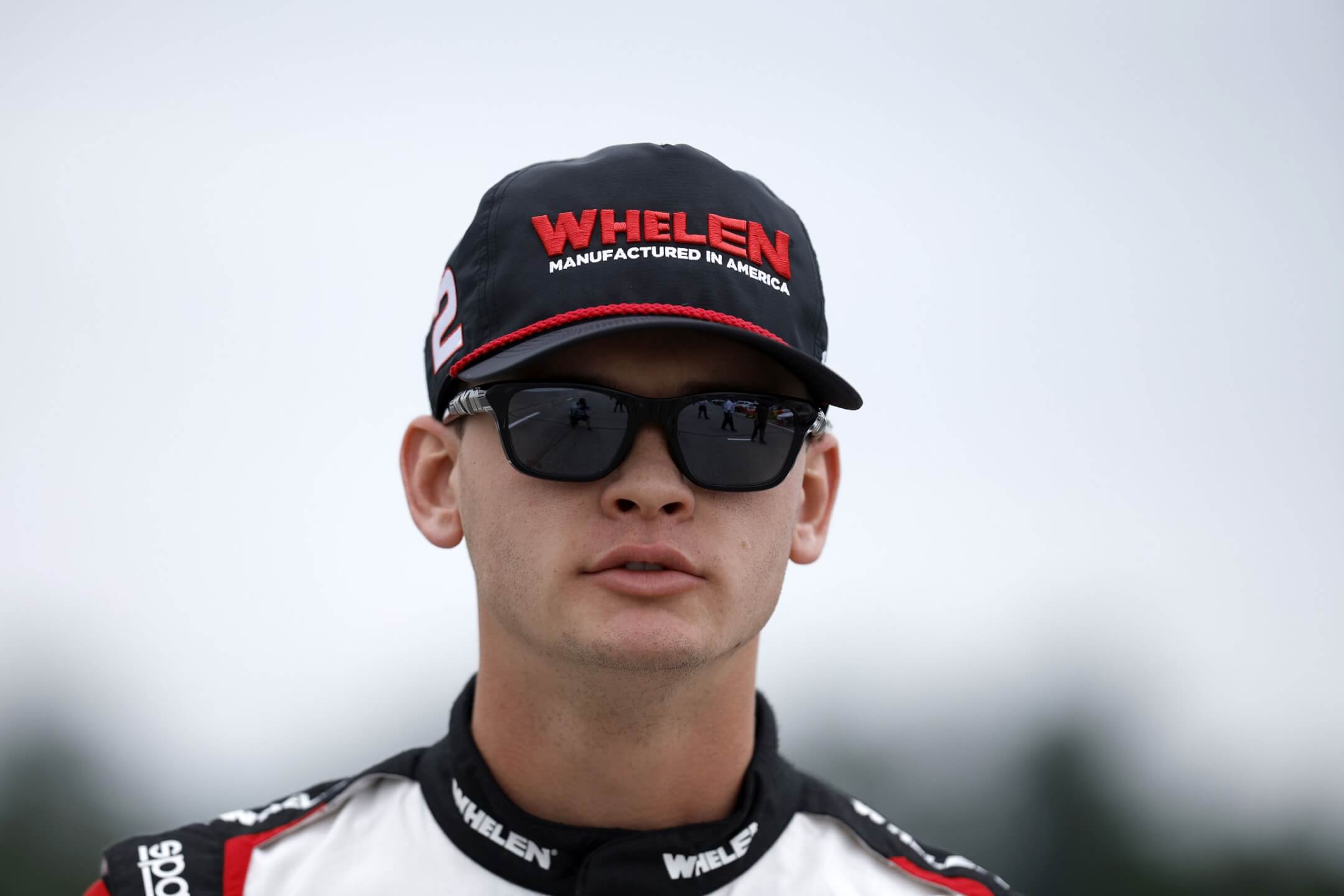 PHOENIX— NASCAR is paving the way for potential new manufacturers to the Cup grid.
PHOENIX— NASCAR is paving the way for potential new manufacturers to the Cup grid.
While Toyota was the last car maker to celebrate its coming-out party in 2007—following a three-year run in the Craftsman Truck Series—technology has changed dramatically in auto manufacturing since then, and the sanctioning body is ready to evolve as well, as a new electronics contract recently awarded to McLaren clearly indicates.
John Probst, NASCAR Chief Racing Development Officer, provided a timeline for potential manufacturers and offered technical updates to expedite the process.
“A timeline for a new OEM (Original Equipment Manufacturer) coming into our sport is somewhere in the 18- to 24-month period,” Probst told SiriusXM NASCAR Radio. “When we work with our existing partners, obviously it’s important for us to make sure that any new partner coming in would be a complement to what we have here today.
“So there would be an outside chance we could do it quicker. And certainly when all of our existing OEM partners are on board, which they are, you know the opportunity would exist, we may be able to expedite that, but under normal circumstances, 18 to 24 months.”
NASCAR President Steve Phelps acknowledged discussions with a new manufacturer during interviews prior to the Daytona 500. He sounded confident that the sport would feature a fourth car maker in the garage for the first time since 2012, when Dodge won the Championship with Brad Keselowski and exited the sport at season’s end.
While NASCAR has yet to confirm which nameplate has expressed interest in joining the fold, it has been widely speculated that Honda is looking to expand its motorsports footprint. The ideal time for Honda—or any other make—to start the submission process would be mid-season around June, July or August according to Probst, in order to compete in the 2026 Daytona 500.
“If a new OEM did want to come in 2026, we are within a few months of us getting to the point where you almost start running out of time to go through all the steps that we have today,” Probst said. “If all the stars align, it is possible you could do it quicker than 18 months.
“It would take a lot of effort and frankly a little bit of luck to get everything to line up perfectly to do that… Certainly, 2026-2027 would be pretty ideal years for an OEM that would be looking to come to our sport right now to make a launch.”
 One of the many obstacles Toyota faced when first entering the fold was the development of a push-rod engine to meet NASCAR’s specifications. Another challenge was creating an aerodynamically sleek Camry that would be aesthetically pleasing yet competitive. With the Generation 7 Cup car, the Camry has been streamlined.
One of the many obstacles Toyota faced when first entering the fold was the development of a push-rod engine to meet NASCAR’s specifications. Another challenge was creating an aerodynamically sleek Camry that would be aesthetically pleasing yet competitive. With the Generation 7 Cup car, the Camry has been streamlined.
“The timing has probably never been better for an OEM to consider coming into our sport,” Probst said. “In years past, you were effectively trying to build the car from the ground up before you would come into our sport. With the Next Gen car, the way it is today, we preserved the DNA of the OEM’s in the body work and in the engines that go in the car.
“So as a new OEM looking to come into NASCAR, you’d be looking at developing a body and then also getting an engine approved for use in our sport.”
The engine piece could be kickstarted as well, with NASCAR introducing a new electronics package for 2025. After submitting a request for proposals—and reviewing the plans from potential suppliers with fellow OEMs—McLaren will continue in that space.
“We’ve already awarded that contract to McLaren, who is the existing electronic supplier in the Cup Series,” Probst said. “The feedback from our team partners and the OEMs as to which direction we want to go in this case with the ECU and the electronics around the Cup cars, that was McLaren and that will launch in 2025.”
One of the stumbling blocks for prospective manufacturers has been the architecture of engines used in the Cup Series. Could the new electronic package be a precursor to NASCAR retiring the current push-rod V-8s and modernizing the power trains?
“Yeah, certainly,” Probst. “One thing that is common in our approach to just about everything now on the technical and the competition side is we leave all our options open and we try not to close any doors. That’s certainly true of the electronics. They are more capable than the electronics that we have on the car today.
“They will open up doors to allow us to explore what may potentially lie ahead with respect to power trains in the Cup Series. In general, it’s just meant to keep our cars current to the relevant technology that exists today and to keep our options as wide open as they can be into the future.”
Follow Lee Spencer on Twitter @CandiceSpencer or email her at: [email protected].



















